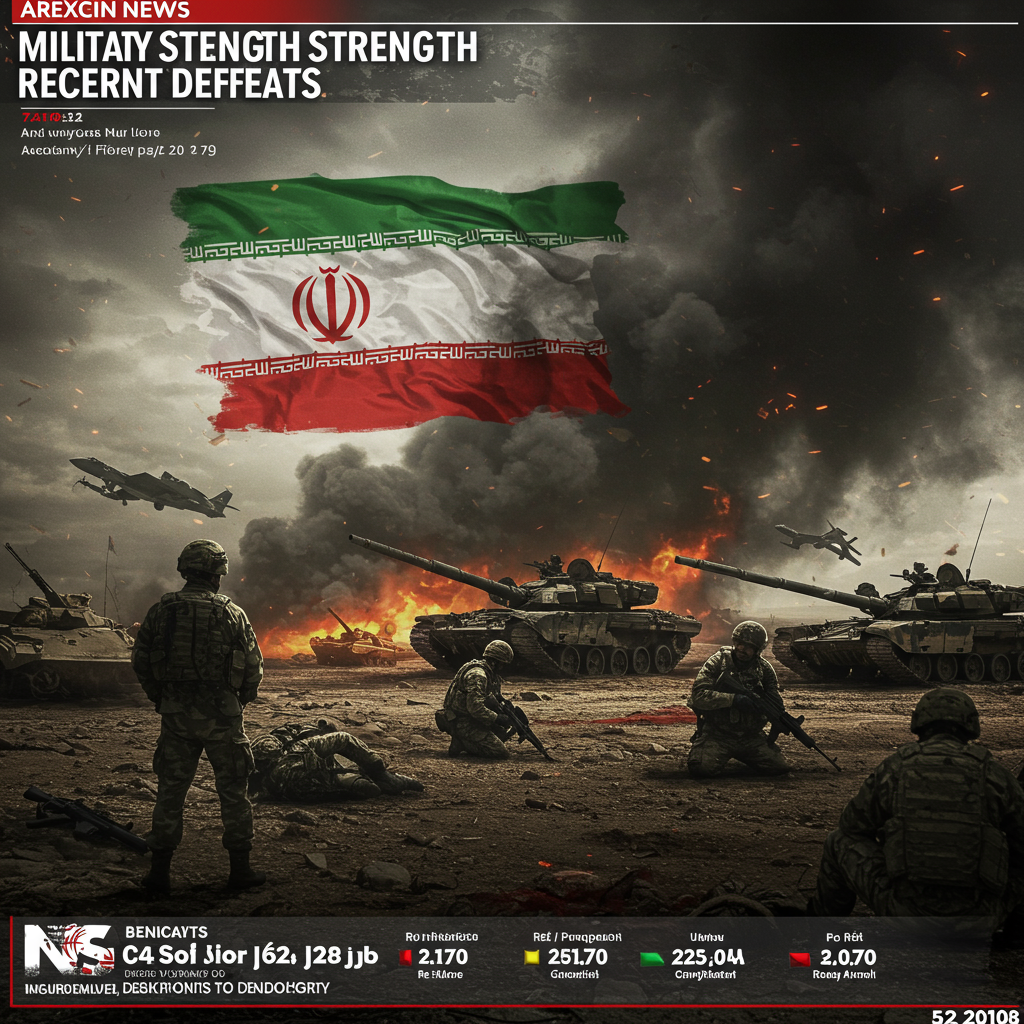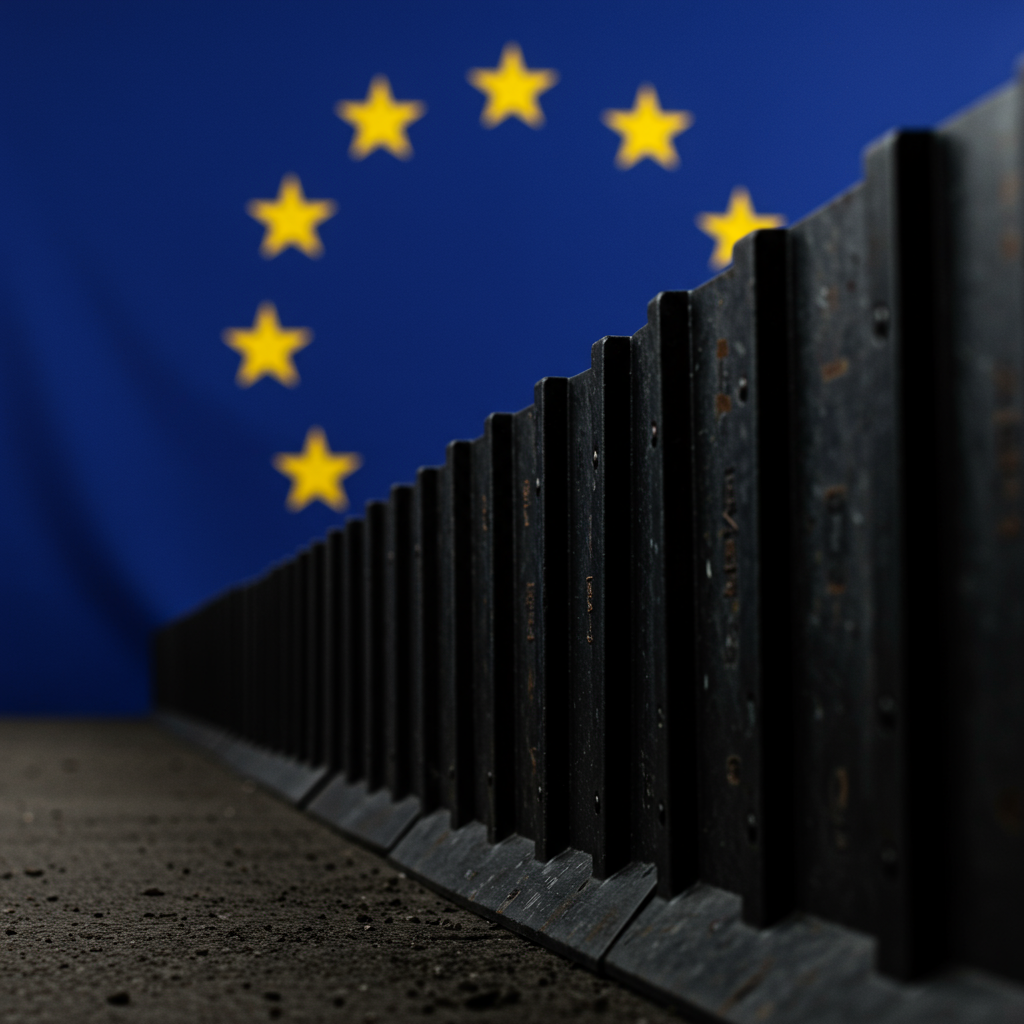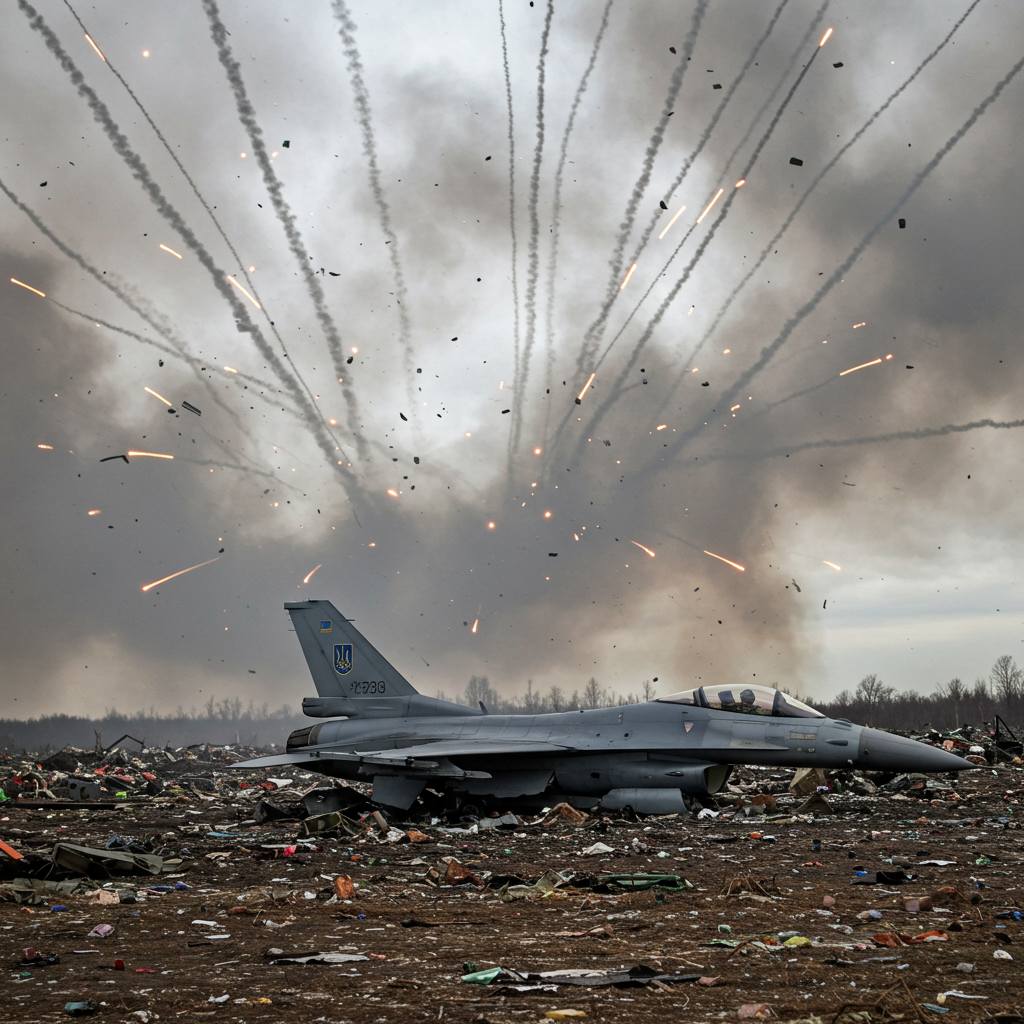Iran has long been perceived as a formidable and dangerous force in the Middle East and globally, often labeled a rogue state due to its nuclear ambitions and extensive network of regional proxies. However, a recent string of military setbacks and strategic blows has begun to challenge this long-held perception, raising questions about the true extent of its military power and resilience.
Over the past year and a half, particularly since the escalation of conflict following October 2023, Iran and its allies have sustained significant losses. Israeli actions, ranging from targeted strikes deep within Syria and Iran to intense pressure on proxy forces, appear to have exposed vulnerabilities that were previously underestimated.
A Cascade of Setbacks for Iran’s Network
The defeats have been multi-faceted. Senior Iranian commanders and officials, including those linked to its elite Quds Force and the Islamic Revolutionary Guard Corps (IRGC), have been killed in strikes outside and seemingly inside Iran. Attacks on Iranian infrastructure, including air defenses and sites potentially linked to military or nuclear programs, have further degraded capabilities.
Crucially, the pillars of Iran’s “axis of resistance” have faced immense pressure. Groups like Hamas in Gaza are described as crippled, unable to reconstitute their former strength. Lebanon’s Hezbollah, a key partner in Iran’s “forward defense doctrine,” has suffered immense losses, including the assassination of its top leader, Hassan Nasrallah, and other senior commanders. This decapitation of leadership and sustained operational challenges have sharply reduced Hezbollah’s effective capability, according to recent analysis. Even the Assad regime in Syria, a vital conduit for Iranian influence into the Levant, is facing potential collapse, which would represent a major strategic blow to Tehran’s regional posture. While Iraqi Shia militias remain active, and Houthi rebels in Yemen continue attacks despite facing increased U.S.-led targeting aimed at protecting international shipping, the network as a whole appears significantly weakened.
Testing Deterrence and Strategy
These events challenge Iran’s established strategy of using proxies and regional positioning to deter adversaries, particularly Israel and the United States, and project power without direct, large-scale confrontation. The sustained campaign against its allies and personnel indicates that Iran’s traditional deterrence methods may be faltering.
In an apparent attempt to restore deterrence and signal its capacity for retaliation, Iran has resorted to more direct actions. This includes launching ballistic missiles and drones directly at Israel, notably in April and October 2024. While framed as proportionate responses under international law, these direct strikes, including the October attack utilizing advanced ballistic missiles like the Fattah-1, have had limited success in inflicting significant damage or, more importantly, fundamentally altering Israeli behavior. Analysts suggest Israel’s anticipated response to these attacks is likely to be severe, further highlighting Iran’s potential inability to shield itself or its partners effectively.
The Nuclear Threshold as a Shifting Pillar?
As conventional and proxy-based deterrence appears increasingly strained, Iran’s growing nuclear capabilities loom larger in its strategic calculations. While not currently assessed as possessing nuclear weapons, Iran has advanced its ability to enrich uranium to higher levels and develop related infrastructure and expertise.
This status as a “threshold nuclear state” is increasingly viewed as a potential alternative source of leverage and deterrence. There are signs that policymakers in Tehran are debating the role of the nuclear program more openly, with some rhetoric suggesting the possibility of leveraging nuclear ambiguity or even pursuing weaponization, although the latter remains a complex and risky undertaking. The weakening of its traditional military and proxy pillars could accelerate this shift, making the nuclear program a more central element of Iran’s future security strategy, potentially alongside cautious diplomatic maneuvering which could serve to protect nuclear facilities.
A Region in Flux: Challenges on All Sides
The current conflict dynamic has evolved into a complex, multi-front engagement involving Gaza, Lebanon, Syria, Iraq, Yemen, and direct exchanges between Iran and Israel. Experts note that while Israel maintains perceived military superiority, its doctrine, designed for short, decisive conflicts against non-state actors, is being tested by this prolonged and attritional reality. Both sides are engaging in deep strikes and reciprocal exchanges, leading to a “tit for tat” cycle that risks spiraling into a larger conflict that could challenge Israel’s capacity to manage.
This intricate web of conflict reveals a new reality where Iran’s once-undisputed regional influence through its proxies is being severely challenged. The string of military losses and strategic setbacks has revealed vulnerabilities, forcing Tehran to confront difficult choices regarding its military strategy and regional posture, potentially placing greater emphasis on its nuclear capabilities amidst an increasingly unpredictable Middle East landscape.




